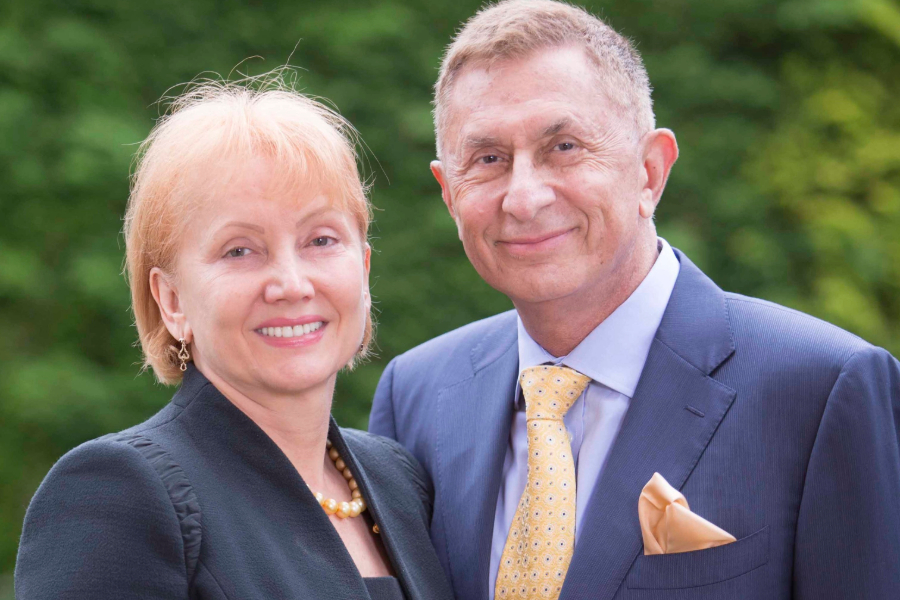We often celebrate values as the moral compass of individuals and organisations—principles that guide how people behave, decide, and lead. Values shape what we believe is important and worthwhile. They influence how we view others, our organisations, and ourselves.
At their best, values align teams, strengthen cultures, and encourage behaviours – like accountability, inclusivity and collaboration. But there’s another side to values—one that’s rarely talked about. The same ideals which brings unity and clarity can also hold individuals, teams, and entire organisations hostage to outdated ways of thinking.
For HR professionals and organisational leaders, this presents a critical dilemma: how can we use values to guide and inspire, without letting them become rigid constraints that block progress?
A double-edged sword
In leadership, values are not simply preferences—they are foundational beliefs that influence strategy, decision-making, and culture.
A CEO’s personal values, for example, can deeply shape how a company performs and how it treats its people. The same is true for managers and teams at every level.
But values can also act as blinders. When held too tightly, they become inflexible. Organisations can end up bound by the very beliefs that once drove their success. This is what we call the values paradox: Values can unite, but they can also divide; they can inspire, but they can also inhibit.
In practical terms, think of companies that cling to legacy notions of performance or hierarchy. They may pride themselves on ‘discipline’ or ‘tradition,’ and yet these same values can stifle agility and creativity. What was once a strength can become a shackle.
For HR leaders, the challenge lies in maintaining value consistency without slipping into dogma. This is especially relevant in times of change—such as digital transformation, ESG pressures, or post-pandemic work shifts—all points when outdated values can slow much-needed innovation.
The cultural bind of institutions
Values don’t just shape individual choices, they’re embedded in our institutions. They act as the glue holding people to their workplace, their profession, or broader society. Institutions—from businesses and governments, through to the media—build trust and meaning through the values they uphold.
But this same glue can harden into concrete. When organisations stop questioning which values they promote and how those values serve their people, disillusionment sets in.
This is evident in employee disengagement, resistance to change, and the failure of culture initiatives to take root.
Take ESG, for example. Organisations may publicly commit to environmental and social principles. But unless those values genuinely inform leadership behaviour, team goals, and incentives, they remain symbolic only. Employees and clients quickly see through this, and a credibility gap opens up.
Conversely, when values such as inclusion or transparency move from the mission statement into day-to-day decisions-making, like how performance is managed or how conflict is resolved—they begin to shape real and positive change.
From intuition to deliberation
Values feel intuitive, even emotional. We often act on them without conscious thought. But lasting culture change requires something more – deliberation. This means taking time to reflect on the values we hold, to test them, challenge them, and adapt them to meet new realities.
In HR, we already do some of this when we run listening sessions, employee surveys, or co-create culture codes with staff. But deliberation can—and should—go deeper.
True reflection means considering not only what values we hold, but why we hold them, and who they serve. None of this is easy. People tend to defend values that feel right to them, even when evidence suggests those values may no longer serve the team or the business. But when done well, reasoned discussion about values can unlock powerful change.
It’s about how an organisation might shift from rigid performance management to coaching cultures, or from competition to collaboration. Most importantly, these conversations shouldn’t be top-down. When values evolve through dialogue involving employees at every level, they become shared—not imposed.
The problem with dominant values
Every organisation has dominant values—those beliefs that are widely held and deeply embedded in routines, policies, and decision-making. But dominant doesn’t always mean right or effective. Often, alternative values—held by only a few—offer the real potential for transformation.
Consider flexible working. For decades, the dominant belief was that productivity happened at the office. The pandemic revealed a different truth. Minority views, once dismissed, suddenly became the foundation of a new work model.
And yet it’s not uncommon for alternative values to be suppressed. When the dominant narrative controls the agenda—be it in business, media or politics—it becomes difficult to challenge or evolve.
And this has implications beyond organisational culture. In public discourse, for example, the suppression of dissenting voices can lead to a narrow, even harmful, worldview.
For HR, this highlights the importance of psychological safety, diverse representation, and active listening. Employees need to feel empowered in order to speak truth to power. After all, some of the most valuable insights come from those on the margins, not the mainstream.
A call to reflect and rethink
Values don’t need to be static. They can evolve—quietly over time, or suddenly in response to crises. But evolution rarely happens without reflection. And reflection rarely happens without intention.
This is where leadership and HR come in. By creating spaces for open dialogue, embedding values into systems and daily practices, and welcoming alternative perspectives, values are enabled to grow and stay relevant.
Leaders, managers and HR professionals, in particular, play a vital role here. They are the stewards of organisational values—tasked with defining them, measuring them, and making sure they show up in real behaviours.
But they must also be their challengers: Constantly asking whether those values are inclusive, empowering, and future-facing.
From constraint to capability
Values will always be central to leadership and organisational success. They bind people together, give direction, and provide meaning. But when left unexamined, they can also hinder the very progress they were meant to drive.
To unlock the full potential of values, we must understand their dual nature. This means moving beyond slogans and statements, and engaging with values as living principles that are open to challenge, responsive to change, and shaped through shared experience.
Only then can values be what we most need them to be: not shackles, but guiding lights.







